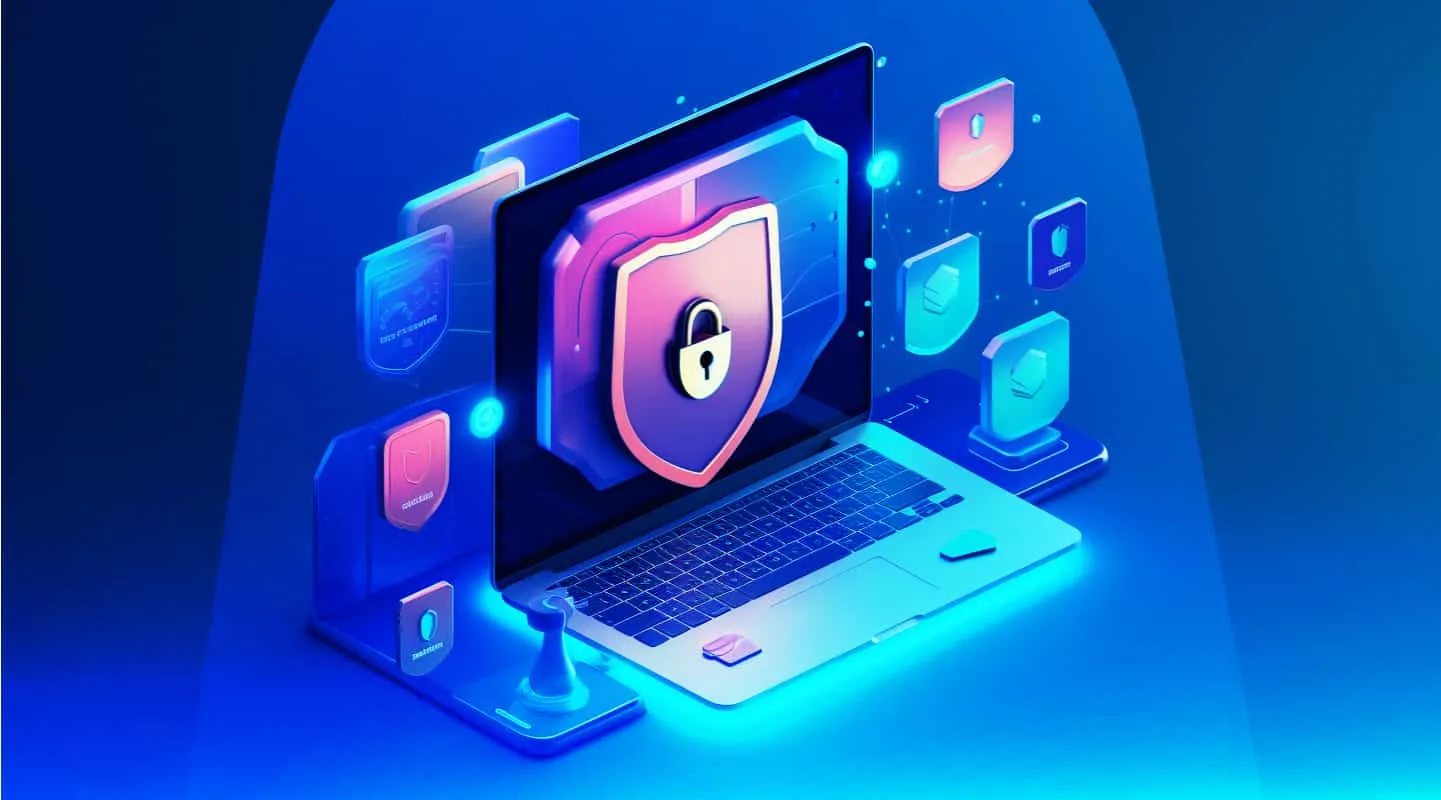How to Maintain Your POS System for Longevity

A Point of Sale (POS) system is a critical component of any retail or hospitality business, serving as the backbone for sales transactions, inventory management, and customer engagement. Given its importance, maintaining your POS system for longevity is essential. A well-maintained system not only ensures smooth operations but also extends its lifespan, saving you from costly replacements and disruptions. Here are some key strategies to keep your POS system running efficiently over the years.
1. Regular Software Updates
One of the most crucial steps in maintaining your POS system is keeping the software up to date. Software updates often include new features, bug fixes, and security patches that enhance performance and protect against vulnerabilities.
Set a schedule for regular updates, whether it’s weekly, monthly, or as recommended by your POS provider. Automating updates can help streamline this process, but make sure to check for updates periodically, especially after significant software releases. Always back up your data before performing updates to prevent potential data loss.
2. Routine Hardware Checks
While software updates are vital, the physical hardware of your POS system requires attention too. Regularly inspect components such as terminals, printers, scanners, and cash drawers for any signs of wear and tear. Dust and debris can accumulate in these devices, leading to malfunctions.
Create a routine cleaning schedule that includes dusting off equipment and checking connections. Ensure that your devices are in a stable environment with appropriate temperature and humidity levels. If you notice any hardware issues, address them immediately to prevent them from escalating into more significant problems.
3. Backup Your Data
Data loss can be catastrophic for any business. Regular backups are essential to ensure that all sales, customer, and inventory data is safe. Many modern POS systems offer automated backup options, but it’s wise to verify that this feature is functioning correctly.
Consider keeping both cloud-based and physical backups. A cloud solution provides accessibility and redundancy, while physical backups—such as external hard drives—offer additional security. Establish a routine backup schedule that aligns with your business operations to ensure that your most recent data is always secure.
4. Train Your Staff
Your POS system is only as effective as the people using it. Regular training sessions for your staff are crucial for maintaining the system’s longevity. Ensure that your team is knowledgeable about the system’s features, updates, and best practices.
When new features are added or updates are made, hold refresher training sessions to keep everyone up to date. Encourage staff to report any issues they encounter, as early detection can prevent minor problems from becoming major headaches.
Also read: The Importance of Customer Support and Training for Your POS System
5. Monitor System Performance
Regularly monitor your POS system’s performance to catch issues before they affect operations. Keep an eye on transaction times, error rates, and user feedback. If your system begins to lag or exhibit frequent errors, investigate the root cause immediately.
Most POS systems provide analytics and reporting tools that can help you track performance metrics. Use these tools to identify trends and make informed decisions about when to upgrade hardware or software components.
6. Establish a Relationship with Your Provider
Having a good relationship with your POS provider can make a significant difference in maintaining your system. Ensure that you have access to customer support and technical assistance whenever needed. Many providers offer ongoing support plans that can be invaluable for troubleshooting and system maintenance.
Stay informed about any new features or upgrades offered by your provider. Engaging with your provider can also give you insights into best practices for maintenance and optimization tailored to your specific system.
7. Plan for Upgrades
Technology evolves rapidly, and your POS system may eventually need upgrades to keep up with industry standards. Plan for regular assessments of your system to determine if it meets your current business needs.
Consider upgrading hardware components like terminals or printers if they are becoming outdated or inefficient. Similarly, look for software upgrades that can enhance functionality, improve security, or provide new features that can benefit your operations.
Conclusion
Maintaining your POS system for longevity requires a proactive approach that combines regular software updates, routine hardware checks, data backups, staff training, performance monitoring, and strong relationships with your provider. By implementing these strategies, you can ensure that your POS system remains a reliable tool for your business, enhancing productivity and contributing to long-term success. Investing in the upkeep of your POS system will not only save costs in the long run but also improve the overall experience for both your staff and your customers.
Visit our site at www.dibtech.com.au
Visit our YouTube channel for tutorials Dibtech






